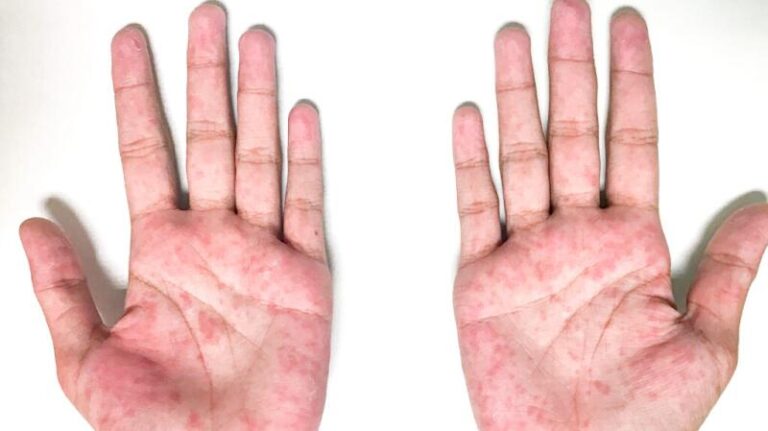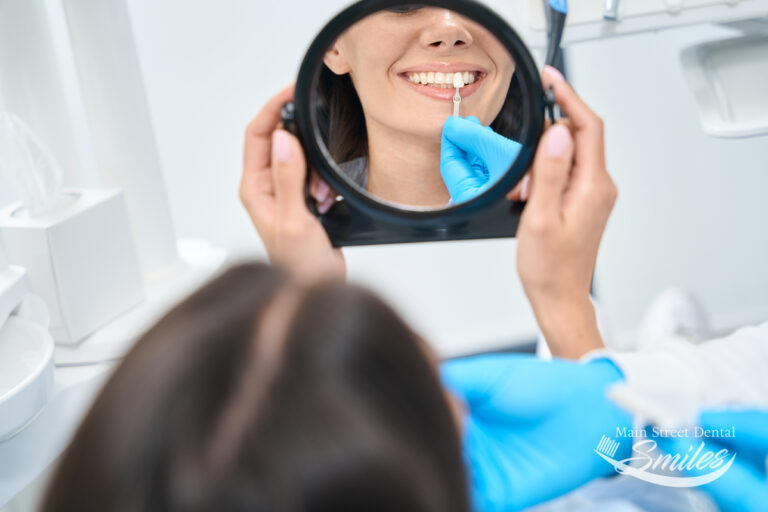Vitiligo is a skin condition that affects people of all races and ethnicities, including white people. Characterized by the loss of pigmentation in certain areas of the skin, vitiligo can cause white patches to appear, often leading to psychological and social challenges. In this article, we will explore the various aspects of vitiligo in white people, including its causes, symptoms, treatment options, and the emotional impact it can have.
What Is Vitiligo?
Understanding the Basics of Vitiligo
Vitiligo is a chronic skin disorder in which the skin loses its pigment, or color, resulting in white patches. This occurs when the cells responsible for producing melanin, the pigment that gives skin its color, are destroyed or stop functioning. Vitiligo can affect any part of the body, including the face, hands, feet, and even the scalp, causing hair to turn white.

Types of Vitiligo
There are two main types of vitiligo:
- Segmental Vitiligo: This type affects only one side or part of the body and often develops at a younger age. It tends to progress for a few years and then stop.
- Non-Segmental Vitiligo: This is the most common type, where white patches appear symmetrically on both sides of the body. It can spread over time and often follows a pattern, affecting areas like the face, neck, and hands.
Is Vitiligo Different in White People?
While vitiligo manifests similarly in people of all skin colors, its appearance on white skin may be less noticeable in the early stages. However, as the condition progresses, the contrast between the affected and unaffected areas can become more pronounced, especially in those who tan or have naturally darker features like hair or eye color.
Causes of Vitiligo in White People
Genetic Factors
Vitiligo is believed to have a genetic component, meaning it can run in families. If a person has a close relative with vitiligo, they may be at a higher risk of developing the condition themselves. However, the exact genes involved are not fully understood, and having a family history does not guarantee that someone will develop vitiligo.

Autoimmune Response
An autoimmune response is another significant factor in the development of vitiligo. The immune system mistakenly attacks the melanocytes (pigment-producing cells), leading to their destruction. This autoimmune response is thought to be triggered by a combination of genetic and environmental factors.
Environmental Triggers
Certain environmental factors may trigger or exacerbate vitiligo, including:
- Sunburn: Severe sunburn can damage the skin and may trigger vitiligo in susceptible individuals.
- Stress: Emotional or physical stress has been linked to the onset of vitiligo in some cases.
- Chemical Exposure: Exposure to certain chemicals or toxins may also play a role in triggering the condition.
Symptoms and Diagnosis of Vitiligo
Recognizing the Symptoms
The primary symptom of vitiligo is the appearance of white patches on the skin. These patches can vary in size and may expand over time. Other symptoms include:
- Premature Graying: Hair on the scalp, eyebrows, eyelashes, or beard may turn white or gray prematurely.
- Mucosal Involvement: The mucous membranes, such as those inside the mouth or nose, may also lose pigmentation.
- Eye Changes: In some cases, the retina or other parts of the eye may be affected.

How Is Vitiligo Diagnosed?
Diagnosing vitiligo typically involves a physical examination by a dermatologist. The doctor may use a special lamp called a Wood’s lamp, which emits ultraviolet light, to identify areas of depigmentation. In some cases, a biopsy (removal of a small sample of skin) may be performed to rule out other conditions.
Differential Diagnosis
It’s essential to distinguish vitiligo from other skin conditions that can cause similar symptoms, such as:
- Tinea Versicolor: A fungal infection that causes patches of skin to become lighter or darker.
- Pityriasis Alba: A common skin disorder that causes light-colored patches, particularly in children.
- Leukoderma: A general term for white patches on the skin, which can result from various causes, including burns or chemical exposure.
Treatment Options for Vitiligo in White People
Topical Treatments
One of the most common treatments for vitiligo is the use of topical corticosteroids. These creams or ointments can help reduce inflammation and may stimulate the return of pigment in some cases. Other topical treatments include:
- Calcineurin Inhibitors: These creams are used to suppress the immune system and are particularly effective in areas like the face and neck.
- Depigmentation: In cases where vitiligo has affected a large portion of the body, some people may choose to depigment the remaining skin to match the white patches.
Light Therapy
Phototherapy, or light therapy, is another treatment option that involves exposing the skin to ultraviolet (UV) light. This treatment can help stimulate pigment production and reduce the appearance of white patches. Narrowband UVB therapy is the most commonly used form, but PUVA therapy (psoralen combined with UVA light) is also an option.
Surgical Treatments
For individuals with stable vitiligo (where the condition has not progressed for at least six months), surgical options may be considered. These include:
- Skin Grafting: Transplanting healthy skin from one area of the body to the affected areas.
- Micropigmentation: A form of tattooing that can help camouflage white patches by injecting pigment into the skin.
- Melanocyte Transplant: A procedure where melanocytes are harvested from a healthy area of the skin and transplanted to the depigmented areas.
Experimental Treatments
Research into vitiligo is ongoing, and new treatments are being developed. Some of the experimental approaches include:
- JAK Inhibitors: These are oral or topical medications that target the immune response involved in vitiligo.
- Stem Cell Therapy: This involves using stem cells to regenerate melanocytes and restore pigmentation.
- Gene Therapy: Scientists are exploring ways to modify genes to prevent or reverse the effects of vitiligo.
Living with Vitiligo: Challenges and Coping Strategies
Emotional and Psychological Impact
Vitiligo can have a significant emotional and psychological impact, particularly for white people who may find the contrast between their normal skin and the white patches more noticeable. Feelings of self-consciousness, anxiety, and depression are common, especially when the condition affects visible areas like the face or hands.
Coping with Social Stigma
The social stigma associated with vitiligo can be challenging to navigate. People with vitiligo may face insensitive comments, questions, or even bullying. It’s essential to build a support system, whether through friends, family, or support groups, to help cope with these challenges.
Strategies for Managing Vitiligo
While there is no cure for vitiligo, there are several strategies that can help manage the condition:
- Sun Protection: Protecting the skin from the sun is crucial for people with vitiligo, as the depigmented areas are more susceptible to sunburn. Using sunscreen with a high SPF, wearing protective clothing, and avoiding peak sun hours can help.
- Camouflage Makeup: Many people with vitiligo use camouflage makeup to cover white patches, helping them feel more confident in social situations.
- Healthy Lifestyle: Maintaining a healthy lifestyle, including a balanced diet, regular exercise, and stress management, can support overall well-being and may help reduce the severity of vitiligo.
The Role of Support Groups and Counseling
Joining a support group or seeking counseling can be incredibly beneficial for individuals with vitiligo. Sharing experiences with others who understand the challenges can provide comfort and practical advice. Professional counseling can also help address feelings of anxiety or depression related to the condition.
Myths and Misconceptions About Vitiligo
Debunking Common Myths
There are several myths and misconceptions about vitiligo that can contribute to misunderstanding and stigma. It’s important to address these myths to promote awareness and acceptance:
- Myth 1: Vitiligo Is Contagious: Vitiligo is not contagious and cannot be spread through physical contact or sharing personal items.
- Myth 2: Vitiligo Only Affects Dark-Skinned People: Vitiligo affects people of all skin colors, including white people.
- Myth 3: Vitiligo Is Caused by Poor Hygiene: Vitiligo is an autoimmune condition, not related to hygiene or personal care practices.
- Myth 4: Vitiligo Can Be Cured with Home Remedies: While some home remedies may help manage symptoms, there is no cure for vitiligo. Professional medical treatment is essential for managing the condition effectively.
Promoting Awareness and Understanding
Raising awareness about vitiligo is crucial for reducing stigma and promoting understanding. By educating others about the condition and debunking myths, we can create a more supportive and inclusive environment for people with vitiligo.
Research and Future Directions in Vitiligo Treatment
Current Research on Vitiligo
Ongoing research into vitiligo aims to better understand the causes of the condition and develop more effective treatments. Some areas of focus include:
- Genetic Studies: Researchers are studying the genetic factors that contribute to vitiligo to identify potential targets for treatment.
- Immune System Research: Understanding the immune response involved in vitiligo may lead to new therapies that can prevent or reverse the condition.
- Innovative Therapies: Scientists are exploring new treatments, such as JAK inhibitors and stem cell therapy, to offer more options for people with vitiligo.
The Future of Vitiligo Treatment
The future of vitiligo treatment looks promising, with several new therapies on the horizon. As research continues, we may see more personalized treatment options that target the specific causes of vitiligo in each individual. Additionally, advancements in gene therapy and stem cell research could potentially offer a cure for vitiligo in the future.
Conclusion: Embracing Life with Vitiligo
Vitiligo in white people, like in any other group, can present unique challenges, but with the right support, treatment, and coping strategies, individuals with vitiligo can lead full and fulfilling lives. Understanding the condition, seeking appropriate medical care, and finding ways to manage the emotional and social aspects of vitiligo are key to living well with the condition. By raising awareness and promoting acceptance, we can help reduce the stigma associated with vitiligo and support those affected by it.













